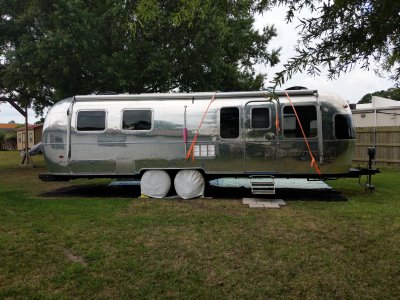Why are you making the buss bars?
These things come with most commercial batteries.
Check with local battery supply, NOT batteries and bulbs or other consumer target place, instead look up ener-sys or GNB batteries then look for a local dealer.
They usually have boxes of them as leftovers.
Everybody has different style regarding how things are done.
The elongated holes are simply a one-size fits many approach.
A 160 Amp battery is slightly wider than a 120, the 180 a bit larger still.
Result is the posts are just a further apart when batteries placed in strings.
Look at the manufacturer data sheet.
It should specify minimum spacing between cells.
Also be sure to get a good torque wrench, battery fasteners do need to be tight but not excessive.
For repeating cuts on a band saw, that is easy.
Most have a device to set for length, if missing still easy.
First, does the saw cut square?
Does not need to be exact but does look better square.
If not square then you can square them up in the mill.
Determine the cut length and cut ONE.
Mark it with a sharpie.
Lift saw and slide material, place your marked one on top of the material aligning the end.
While holding the saw where the blade is just above the uncut stock, slide the material to where the cut end just touches the blade.
Tighten the vice and make the cut.
Repeat, use the marked one for all parts.
Sent from my SM-G781V using Tapatalk
These things come with most commercial batteries.
Check with local battery supply, NOT batteries and bulbs or other consumer target place, instead look up ener-sys or GNB batteries then look for a local dealer.
They usually have boxes of them as leftovers.
Everybody has different style regarding how things are done.
The elongated holes are simply a one-size fits many approach.
A 160 Amp battery is slightly wider than a 120, the 180 a bit larger still.
Result is the posts are just a further apart when batteries placed in strings.
Look at the manufacturer data sheet.
It should specify minimum spacing between cells.
Also be sure to get a good torque wrench, battery fasteners do need to be tight but not excessive.
For repeating cuts on a band saw, that is easy.
Most have a device to set for length, if missing still easy.
First, does the saw cut square?
Does not need to be exact but does look better square.
If not square then you can square them up in the mill.
Determine the cut length and cut ONE.
Mark it with a sharpie.
Lift saw and slide material, place your marked one on top of the material aligning the end.
While holding the saw where the blade is just above the uncut stock, slide the material to where the cut end just touches the blade.
Tighten the vice and make the cut.
Repeat, use the marked one for all parts.
Sent from my SM-G781V using Tapatalk
Last edited:

